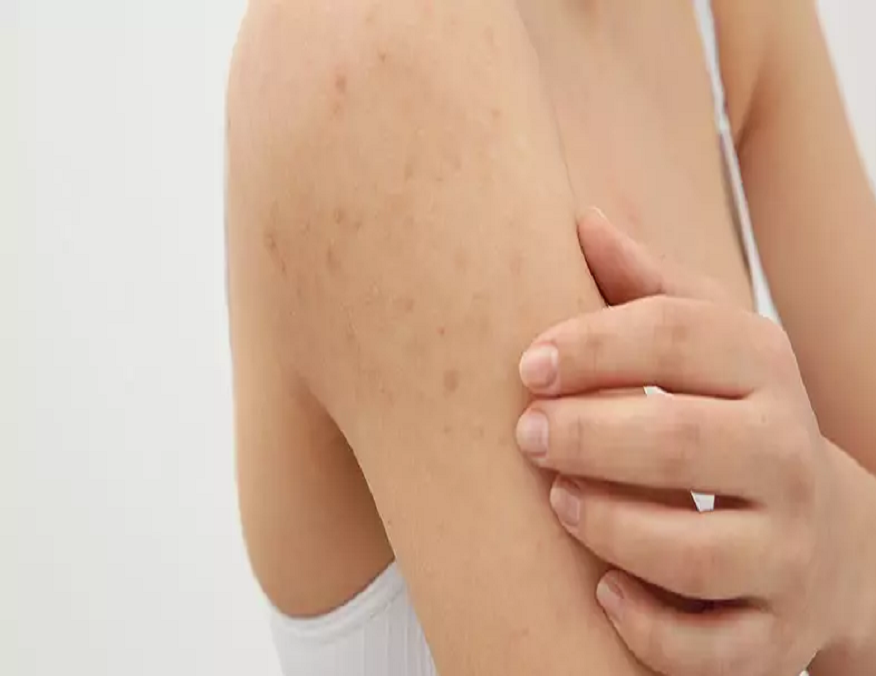Hyperkeratosis is a skin condition which occurs due to a buildup of keratin. There are various causes for hyperkeratosis including genetics, environmental factors, or certain medical conditions. Treatments for hyperkeratosis may include using creams, exfoliating agents, or other medical interventions depending on the severity and underlying cause of the condition.
There are several treatment options available for hyperkeratosis, which aim to alleviate associated symptoms. One of the primary focuses of treatment is to avoid dryness by keeping the affected area moisturised. This can help to prevent the buildup of keratin. Moisturising creams or lotions may be recommended by dermatologists for this purpose.
Can diet changes be beneficial for this condition?
Keratosis pilaris and diet are closely related, and dietary factors can play a role in the development and management of the condition. Making changes to your diet may help to improve the appearance and severity of keratosis pilaris.
While dietary changes may not completely cure keratosis pilaris, they can help to improve the condition and reduce associated symptoms. It is recommended to consult with a healthcare professional or registered dietitian for personalised dietary recommendations and management strategies for keratosis pilaris.
In general, maintaining a healthy diet that includes a variety of fruits, vegetables, lean proteins, healthy fats, and complex carbohydrates can contribute to good overall health, including healthy skin.
Lifestyle options to manage this condition
Home remedies can keep your skin well-hydrated, especially after showering or swimming.
- Use lukewarm water while washing and avoid prolonged water exposure.
- Wear loose-fitting clothes to reduce friction.
- Exfoliate gently to improve skin texture.
- Use products with salicylic acid, glycolic acid, urea, lactic acid, or topical retinoids in diluted formulations to break down keratin and improve the condition.
- Use a humidifier to add moisture to the air and prevent skin dryness.
The Takeaways
By maintaining a healthy diet, keeping the skin hydrated, wearing loose clothing, and using gentle exfoliation and topical products, those with the condition can improve their skin’s texture and appearance.
Although there is no known cure, following these practices can help manage symptoms and improve overall skin health. It’s advisable to seek personalised recommendations and management strategies from a healthcare professional, and also to rule out any other possible conditions.
Sensible group is a comparison site for financial services. Contact one of our skilled agents for more information on the ideal finance package for you.

